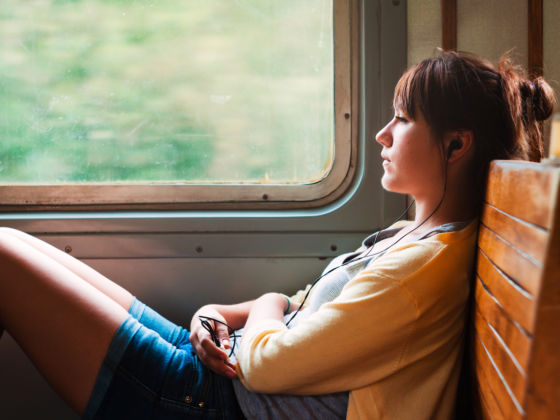HERE’S A HEADLINE YOU’LL never see: “52-year-old man dies in his easy chair after years of doing not very much at all.” Assuming the dead man isn’t a celebrity or a public figure, this would not make the evening news. It’s just not grabby.
Here are some headlines you will see:
- Bear kills biker in Montana, in seventh fatal grizzly attack since 2010
- Tunisia hotel attack: 38 killed, tourists flee
- Two teens lose arms in separate North Carolina shark attacks
- Air ambulance plane crash kills 4 in Nevada
These stories are all tragic, and they are all newsworthy. But when you hear stories like these on a more or less constant basis — and you don’t hear stories of people dying of obesity or stress-related illnesses — you may understandably begin to think that travel is an extremely dangerous thing to do. And travel isn’t totally without its risks: people do die in terrorist attacks or plane crashes or in violent confrontations with wild animals.
